Archives
- 2025-12
- 2025-11
- 2025-10
- 2025-09
- 2025-04
- 2025-03
- 2025-02
- 2025-01
- 2024-12
- 2024-11
- 2024-10
- 2024-09
- 2024-08
- 2024-07
- 2024-06
- 2024-05
- 2024-04
- 2024-03
- 2024-02
- 2024-01
- 2023-12
- 2023-11
- 2023-10
- 2023-09
- 2023-08
- 2023-06
- 2023-05
- 2023-04
- 2023-03
- 2023-02
- 2023-01
- 2022-12
- 2022-11
- 2022-10
- 2022-09
- 2022-08
- 2022-07
- 2022-06
- 2022-05
- 2022-04
- 2022-03
- 2022-02
- 2022-01
- 2021-12
- 2021-11
- 2021-10
- 2021-09
- 2021-08
- 2021-07
- 2021-06
- 2021-05
- 2021-04
- 2021-03
- 2021-02
- 2021-01
- 2020-12
- 2020-11
- 2020-10
- 2020-09
- 2020-08
- 2020-07
- 2020-06
- 2020-05
- 2020-04
- 2020-03
- 2020-02
- 2020-01
- 2019-12
- 2019-11
- 2019-10
- 2019-09
- 2019-08
- 2019-07
- 2019-06
- 2019-05
- 2019-04
- 2018-11
- 2018-10
- 2018-07
-
Materials and methods br Results Assay of botulinum
2019-12-05
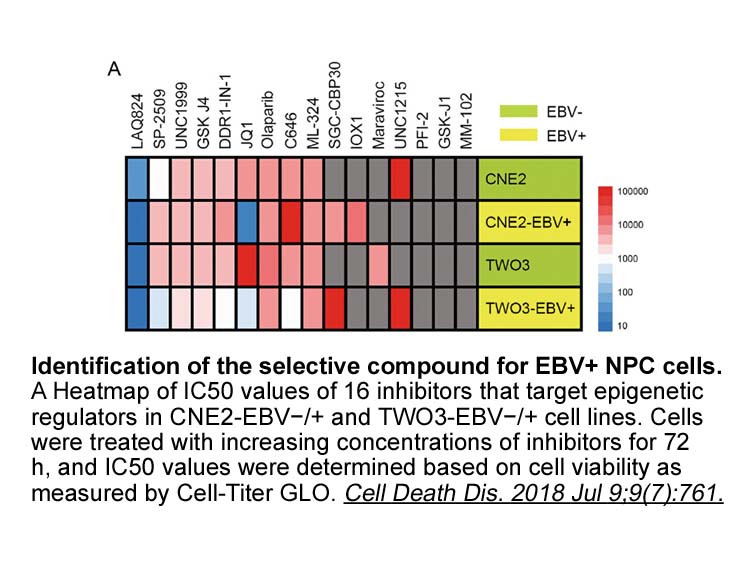
Materials and methods Results Assay of botulinum toxin activity is critical for the risk-assessment, diagnosis, and treatment of botulism cases. The frequently encountered active forms of the toxin are; L chain (inside intoxicated neuronal cells), BoNT (in the blood stream of a botulism patient,
-
Compounds were synthesized using a facile step
2019-12-05
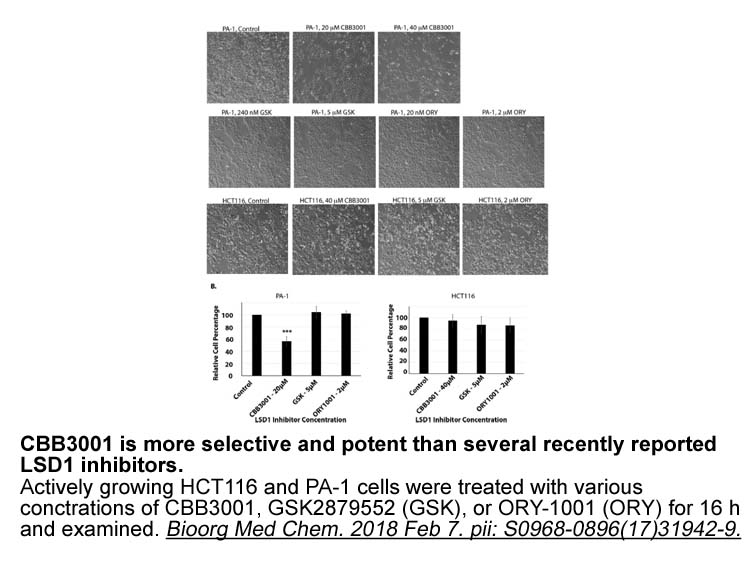
Compounds were synthesized using a facile 8-step convergent synthesis ( and ). Briefly, (Boc)cyclen (compound ) was coupled using TBTU to Fmoc- or Cbz-protected amino alkyl acids (–), followed by deprotection using 20% piperidine in DMF, or H on Pd/C, respectively (–) (). Deprotected linkers were co
-
br Acknowledgements br Introduction Three
2019-12-04
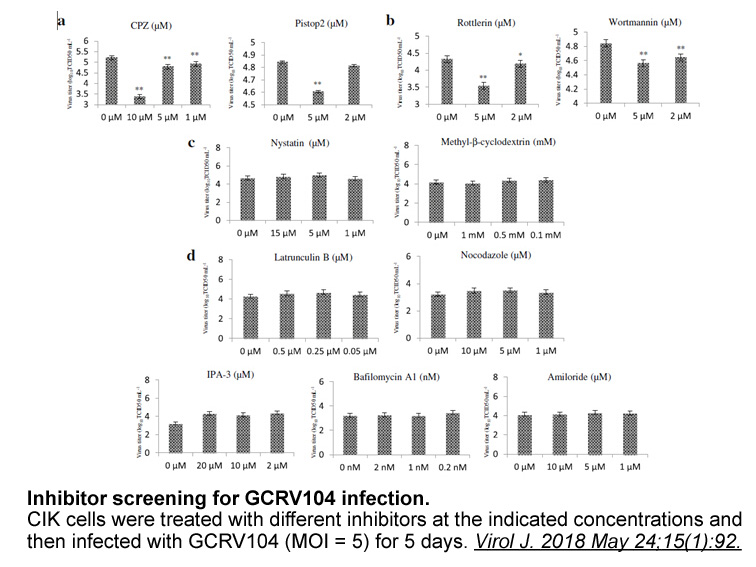
Acknowledgements Introduction Three structurally related fungal metabolites have been isolated from chloroform extracts of submerged rice cultures of Aspergillus terreus 23-1 from stored unhulled rice in Taiwan; these were named territrems A–C to indicate their biological origin (A. terreus) a
-
Vacuolin-1 synthesis Initially the cause of hypoglycemia was
2019-12-04
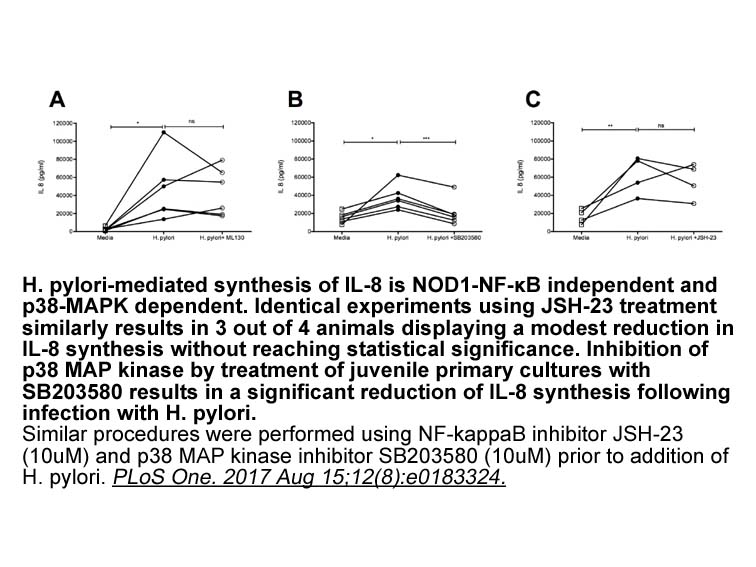
Initially, the cause of hypoglycemia was not apparent. There was no detectable lesion in the pancreas on plain computed tomography, and anti-insulin antibody was negative. Eight hours after hospital admission, his son discovered that the patient had accidentally taken glimepiride 3mg/day for 3 days.
-
It is reported that sympathetic nerve activity
2019-12-04
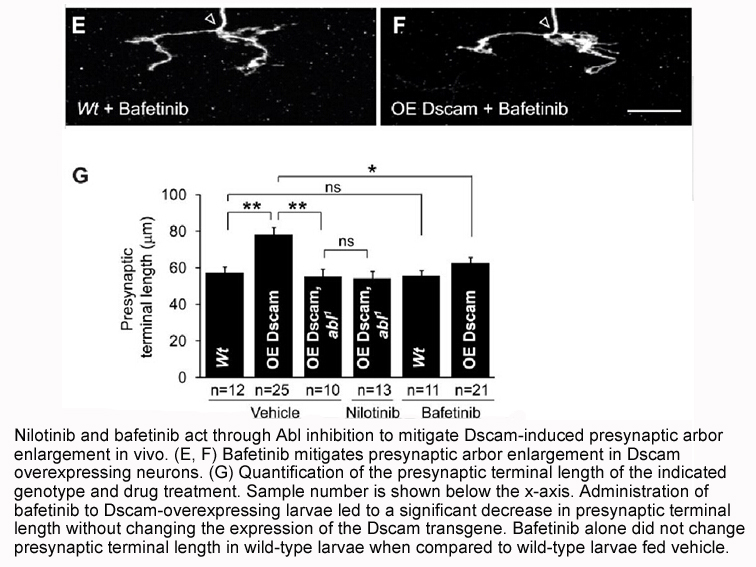
It is reported that sympathetic nerve activity is increased in the SHR strain compared with that in the WKY strain (Judy and Farrell, 1979, Lundin et al., 1984, Sugimura et al., 2008) and NA content is increased in the CB of the New Zealand strain of hypertensive rat compared with that in normotensi
-
Oxidation of N hydroxyguanidine by DbH was studied by
2019-12-04
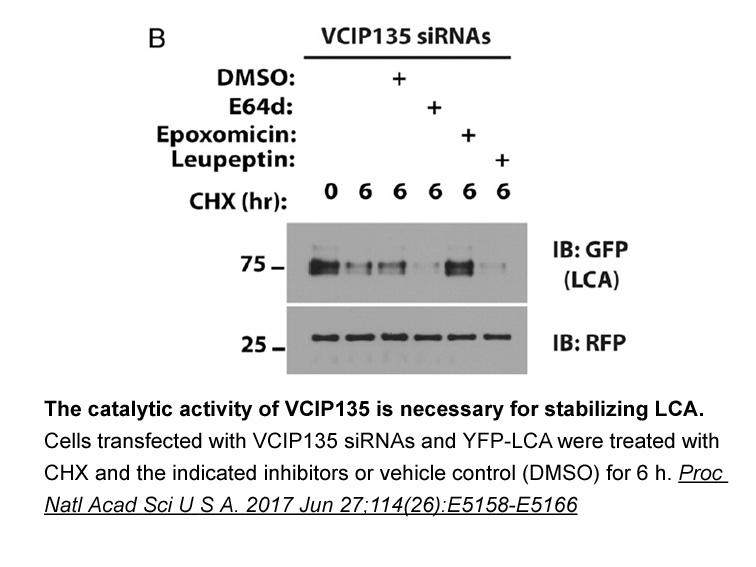
Oxidation of N-hydroxyguanidine 1 by DbH was studied by HPLC and some oxidation products for 1 could be characterized. The compounds generally observed with iron-containing systems are 4-methoxyphenylurea 11 and 4-methoxyphenylcyanamide 12 (Fig. 2). Oxidation of N-(4-chlorophenyl)-N′-hydroxyguanidin
-
DNA methylation is associated with transcriptional
2019-12-04
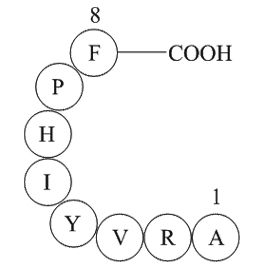
DNA methylation is associated with transcriptional silencing of tumor suppressors or other genes important for normal cellular function and plays an important role in the development of cancer and other diseases (such as breast and colorectal cancers) [19]. DNA methyltransferases (MTases) are a fami
-
Even though Et modification of
2019-12-04

Even though Et743 modification of DNA delayed the progress of the translocating enzyme significantly, it did not trap RecBCD on DNA, nor did it alter the activity of the enzyme significantly. Under catalytic conditions, no loss of enzyme activity was observed (Table 2), nor were stable unwinding int
-
SMI-4a synthesis Resistance to SP is linked to point mutatio
2019-12-04
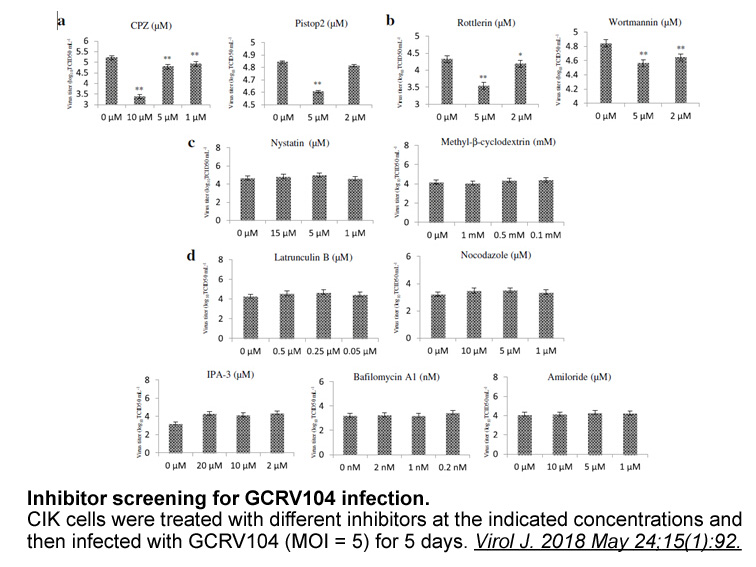
Resistance to SP is linked to point mutations that accumulate at several sites in the dihydrofolate reductase (dhfr) and dihydropteroate synthase (dhps) SMI-4a synthesis of P. falciparum (Roper et al., 2003). These mutations have been identified in codons 16, 51, 59, 108, and 164 in the dhfr gene a
-
The all NTP pyrophosphatase and NUDIX families maintain the
2019-12-04
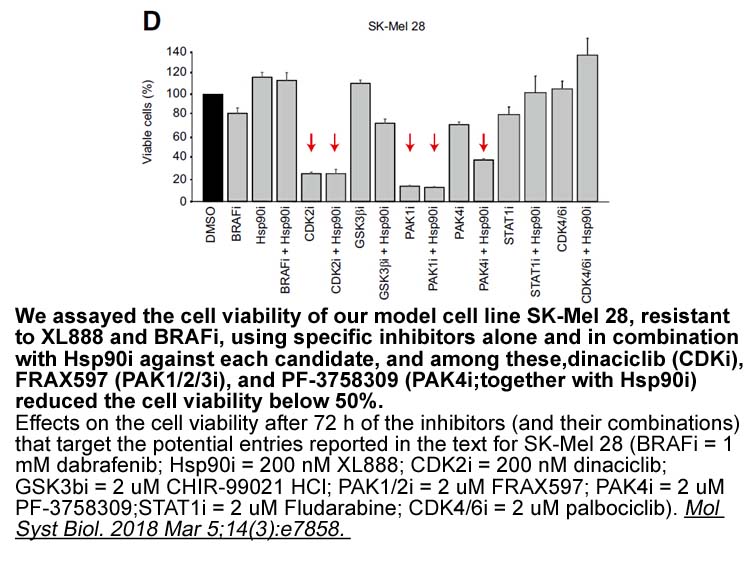
The all-α NTP pyrophosphatase and NUDIX families maintain the deoxynucleotide triphosphate (dNTP) pool balance, limit the incorporation of harmful nucleotides, and represent a promising therapeutic approach to develop anticancer and immunosuppressive agents., , , , Among these housekeeping enzymes
-
To respond to the need for QNAT
2019-12-04
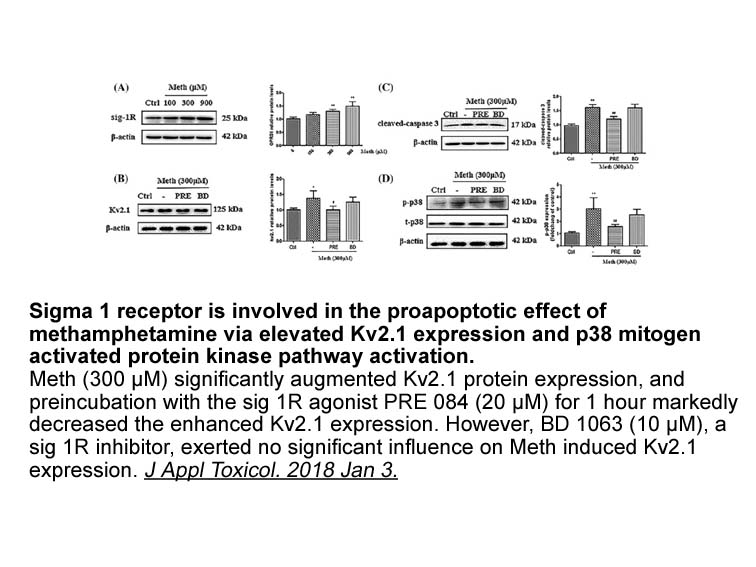
To respond to the need for QNAT, commercial assays have been developed on automated systems. The first reagents for CMV and EBV VLs in whole blood were Abbott RealTime kits on the m2000 SP/RT system (Abbott Molecular Inc, Des plaines, USA) (M2000) [4,5] and Artus QS-RGQ kits on the QIAsymphony RGQ s
-
Silodosin As the primary model we
2019-12-04
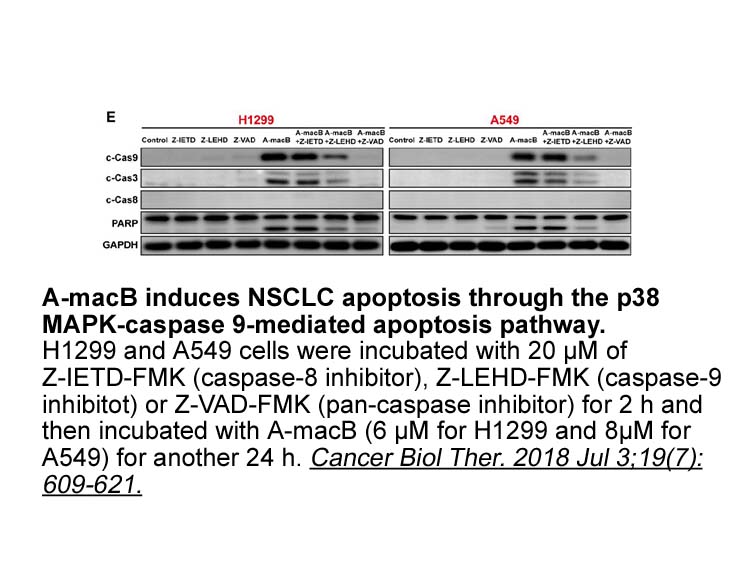
As the primary model we selected LDL-receptor knockout mice because these resemble the human plasma lipoprotein profile more closely. Currently, genetic models with reduced milk cholesterol content, which mimic cholesterol-free formula feeding, are unavailable. Thus, instead of modifying milk choles
-
Recently pharmacological studies have revealed that natural
2019-12-04
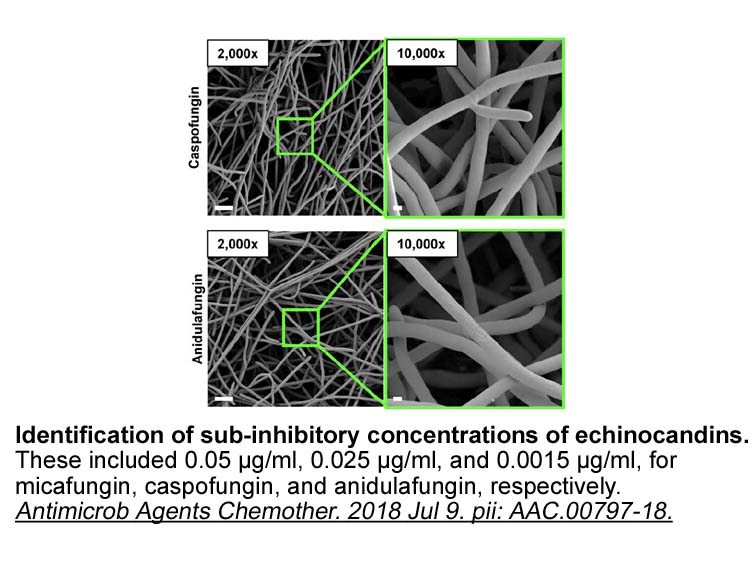
Recently, pharmacological studies have revealed that natural compounds achieve increasing attention due to its high therapeutic effectiveness and low adverse effect, compared with the chemically synthesized compounds. Emodin is a kind of natural anthraquinone derivative enriched in traditional Chine
-
Spinal cord injury leads to an extensive inflammatory cascad
2019-12-04
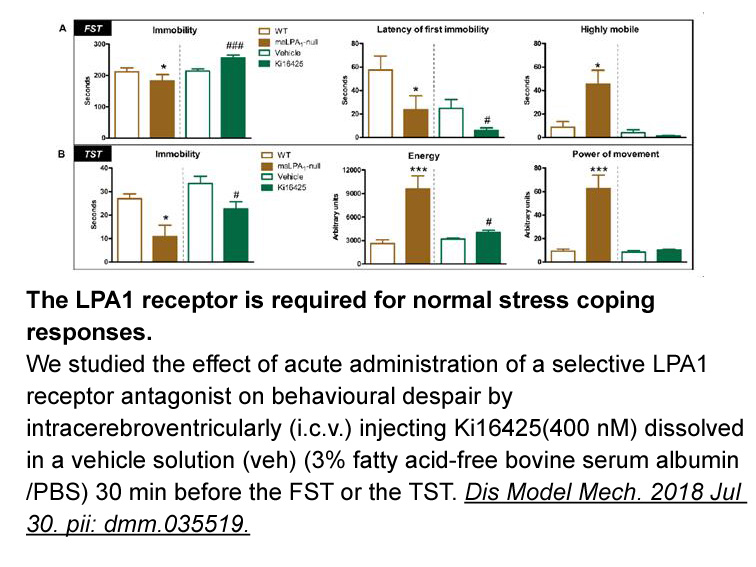
Spinal cord injury leads to an extensive inflammatory cascade on spinal cord and the release of pro-inflammatory cytokines can sensitize neurons, activating signaling pathways that will result in thermal and mechanical hypersensitivity [39]. In this regard, Guo and collaborators (2014) demonstrated
-
A putative SHBG receptor SHBG R has been
2019-12-04
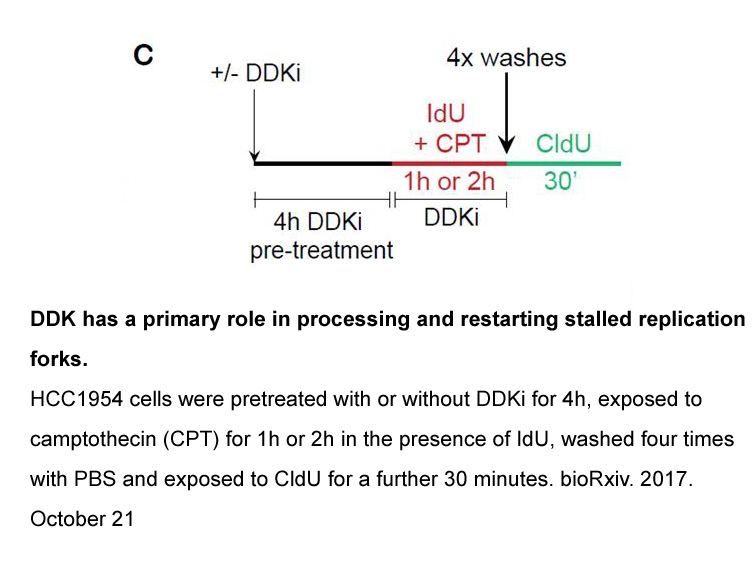
A putative SHBG Senegenin synthesis (SHBG-R) has been postulated for about thirty years [66], [69], [70]. The characterization of this receptor has been researched by several groups. There are different ideas on how this receptor works. On the one hand Fortunati et al. provide evidence that SHBG is
15699 records 899/1047 page Previous Next First page 上5页 896897898899900 下5页 Last page